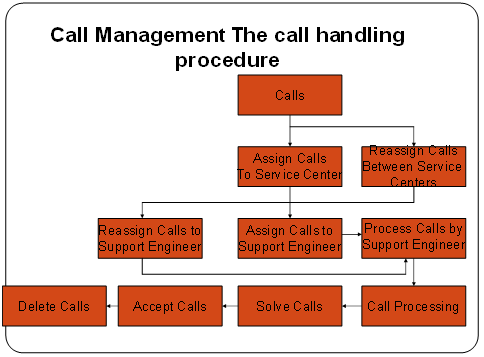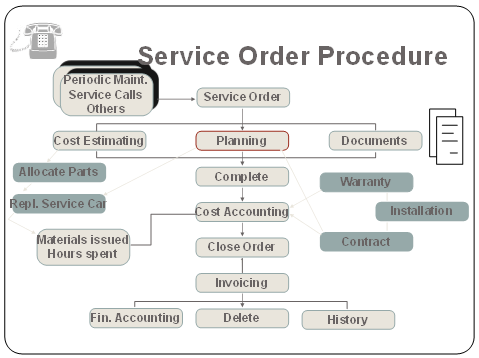Why are Companies Constantly Upgrading their ERP Systems?
February 12, 2025
 Economics of Mobile Phones in Africa
Economics of Mobile Phones in Africa
In the developed world, mobile phones are something that we take for granted. The biggest purpose of a cell phone is to entertain its owner. Cell phones are used by people to connect with their loved ones, play games and log on to the social media. This is the reason why people in developed countries […]
 A Comparison of Healthcare Systems around the World
A Comparison of Healthcare Systems around the World
The Importance of Healthcare and Examples from around the World Health and Education are social sectors that need governmental support and funding. This is especially the case in developing countries where a vast majority of the people do not have the means to afford expensive and prohibitive medical care. This is the reason why many […]
 Is the World Economy Dependent on America?
Is the World Economy Dependent on America?
America is undoubtedly the largest economy in the world as of now. However, countries like China are quickly bridging the gap. If we look into the distant future, there is a good chance that America may lose some of its economic clout. However, for the moment, it seems like America is literally running the global […]
 The Urge to Solve Problems with Technology and How it is Often Wrong
The Urge to Solve Problems with Technology and How it is Often Wrong
Technology and the Urge to Solve All Problems The urge to create a perfect world has been there throughout the ages. However, whereas earlier attempts at doing so were guided by people with hands on effort and intimate contact with the on the ground realities, the present move towards using technology is often misplaced as […]
 What Businesses, Groups, and Professionals can do when Faced with Stagnation
What Businesses, Groups, and Professionals can do when Faced with Stagnation
What to do when Businesses and Professionals Stagnate Stagnation can happen to anyone. Whether they are businesses, nations, societies, groups, or individuals, the prospect of withering away due to lack of growth or career mobility or opportunities can make even the most resilient of the institutions to atrophy and stagnate. Indeed, the fact that there […]
Proper operation of a help desk is an essential component of proper servicing and resolution of problems.
Service module of an ERP system assists organization to respond promptly both in respect of internal and external customers and gain valuable management data which helps in retaining customers as well as improve internal operation of the organization.
Service module normally provides an useful call handling system, which often offers a link to field force automation.
Process of call handling:
The concept is best illustrated by the following diagram:

Call handling sub module also provides a diagnostic component. This helps in creating a fault analysis tree of questions, answers, problems and solutions. It can be used by the support engineer to get answer s for problems that have been reported earlier.
Service Order Control: A service order is a schedule of service activities. These activities involve external field service arising out of customer call and external preventive maintenance activities. These activities also involve internal preventive maintenance as well as well as internal field services. Return material processing and tools repair are also part of service order control. The activities of service order control sub module is best illustrated by the following diagram:

Service Order Processing: Service order control is the focal point of a service module and uses data from the following interconnected modules:
Service Order control uses following procedures:
Your email address will not be published. Required fields are marked *